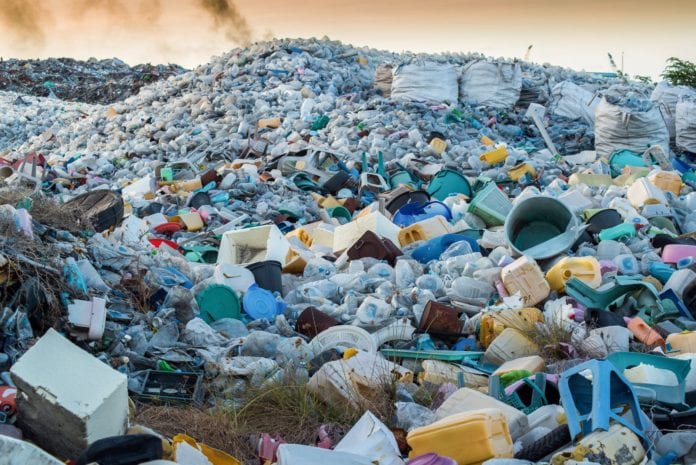According to a study published in the journal Frontiers in Microbiology, scientists have discovered a bacterium that can feed on toxic plastic. The bacterium was discovered at a waste site where plastic is discarded. As per reports, the bacterium is the first one that can attack polyurethane. In addition to the breakdown of plastic, it also uses it as fuel to provide power to the process.
Every year, a million tonnes of plastic are generated by manufacturers in factories and industries. They produce commodities such as sports shoes, nappies and other household materials for multiple purposes. The research, published in the journal Frontiers in Microbiology, identified a new strain of Pseudomonas bacteria.
It is known for its ability to endure harsh conditions like high temperatures and extremely acidic environments. “These findings represent an important step in being able to reuse hard-to-recycle polyurethane products,” said Hermann Heipieper. He is from the research team at the Helmholtz Centre for Environmental Research-UFZ in Leipzig, Germany.
According to him, it could take 10 years before the bacterium is used on a large scale. Meanwhile, reducing the use of plastic in the environment is extremely crucial. Since the 1950s, more than 8 billion tonnes of plastic has been produced and most of it has proved to be degenerative, polluting the world’s naturals resources.
This bacteria could prove revolutionary in the future in terms of plastics disposal. In the lab, they fed the bacterium key chemical components of polyurethane. “We found the bacteria can use these compounds as a sole source of carbon, nitrogen, and energy,” said Heipieper. Previously, fungi were used to break down polyurethane. For industrial use, bacteria are easier to harness.

A lot of work is yet to be done but the power of looking at nature to find invaluable biocatalysts is an exciting venture in itself. Utilizing such natural processes will open the doors for innovations in recycling. But one must not depend blindly on the work of microbiologists. Certainly, they alone can’t devise a complete solution. A collaborative effort is necessary. In fact, the important message is to avoid the release of plastic into the environment in the first place. At the very least, one should try to minimize its release.
Further Reading:



